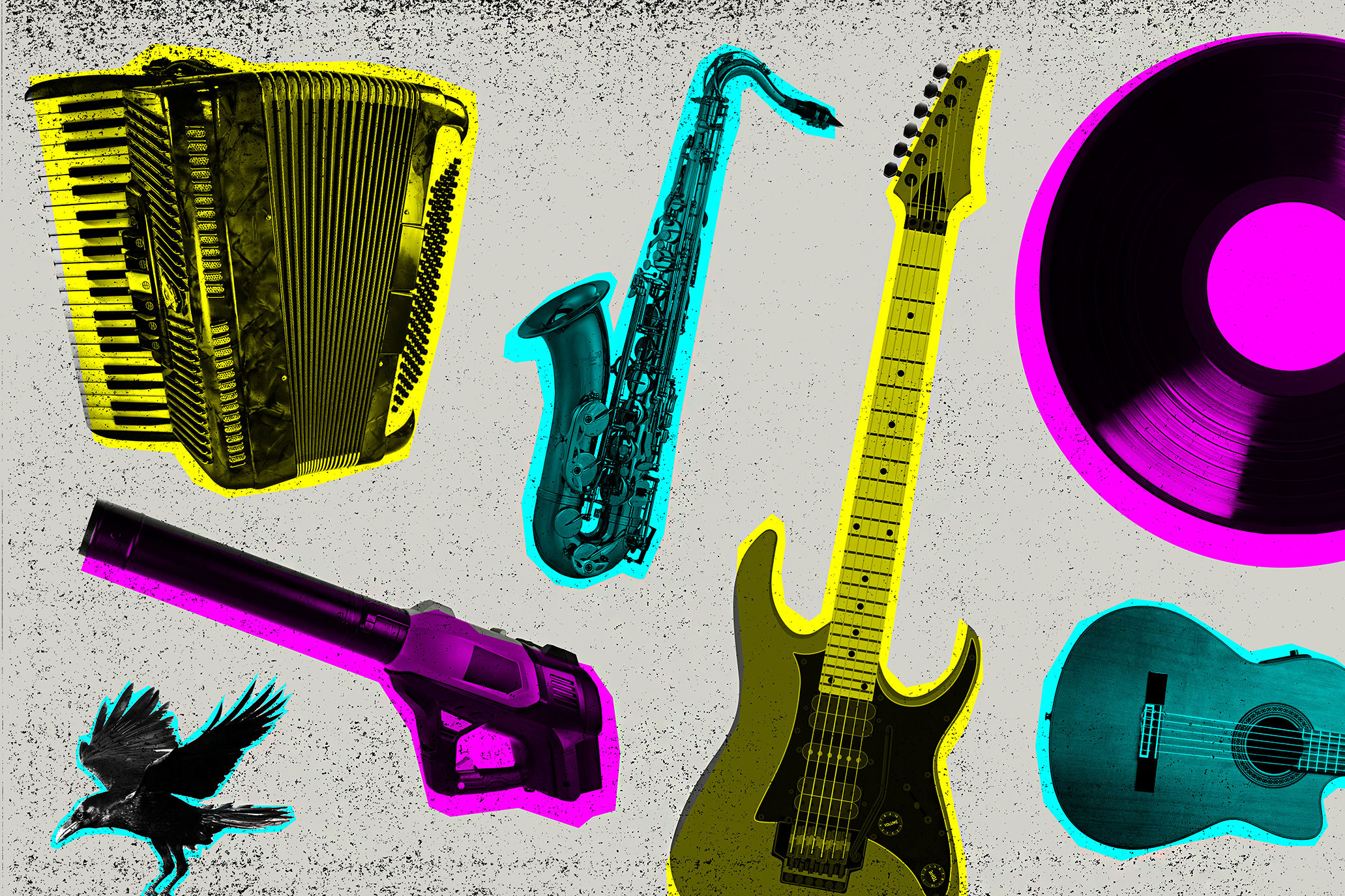Rice University Adds Rapper Pimp C's Archives to Hip-Hop Collection
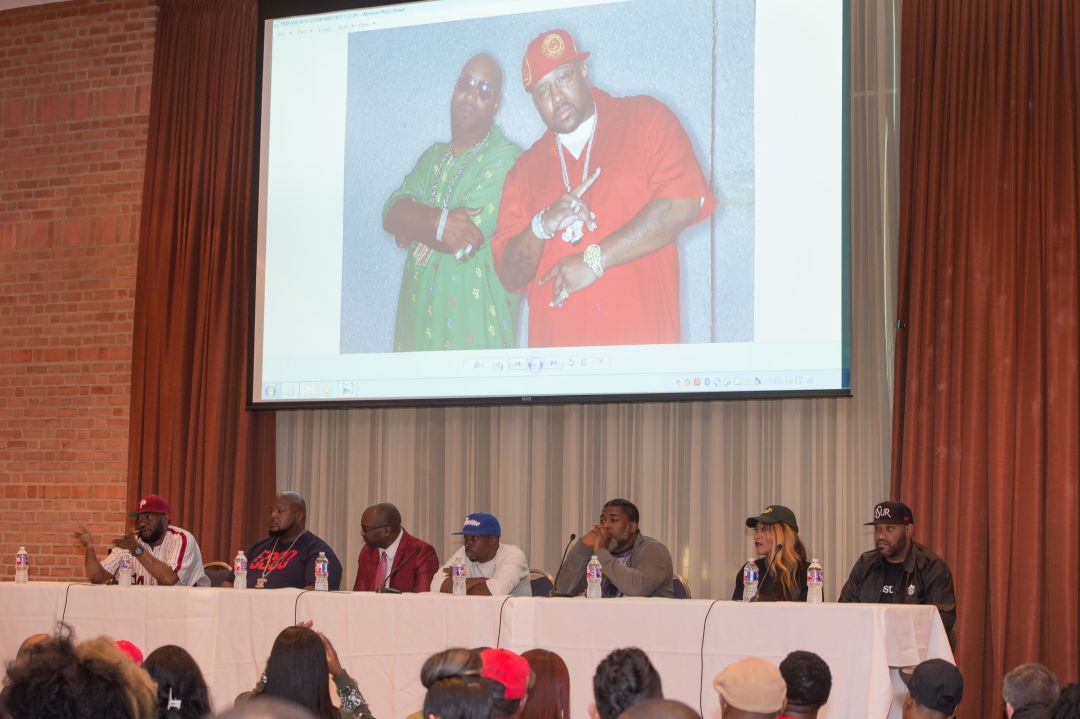
A January 31 panel discussed the induction of Pimp C's work into Rice University's archives.
One of Rice University’s most important professors of color, according to rapper and part-time university lecturer Bun B, is professor Anthony Pinn. Though perhaps best known for his work in religious studies, Pinn, who received both his PhD and Master's of Divinity from Harvard University, has also been instrumental in preserving hip hop culture—particularly Houston hip-hop culture—by helping to archive the music's historical documents and providing a place for its discussion in the realms of higher education.
“When I’m gone, when Bun’s gone, we need to make sure this material remains available," said Pinn at a January 31 event at Rice University marking the induction of Pimp C’s papers into the Rice library’s archives. One-half of legendary Houston-based duo UGK, Pimp C passed away in 2007. Along with former rap partner Bun B, Pinn is working towards safeguarding Pimp C's work for future generations to study.
Thankfully, Rice is not alone in its endeavors to preserve Houston's hip-hop history. Pimp C's archives join other materials in Houston academia, most famously the DJ Screw papers which reside at the University of Houston along with those of Big Hawk, the rapper whose 2006 murder remains unsolved.
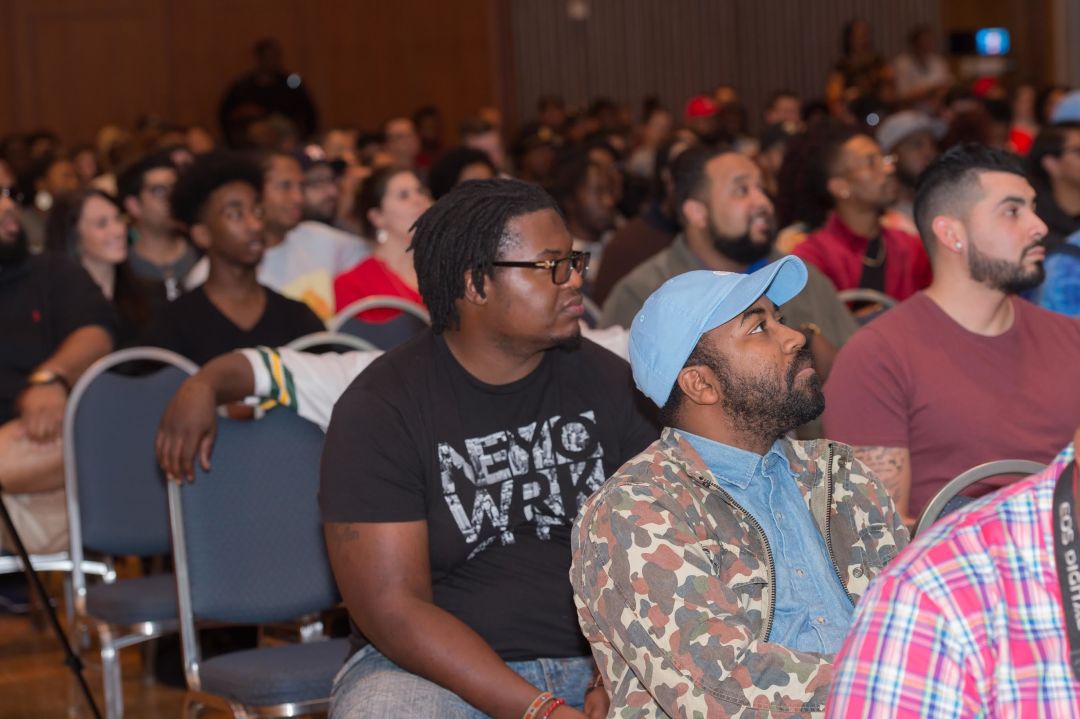
A crowd of over 200 came out to Rice University to see a small collection of the Pimp C archives and a panel discussion on January 31.
The inclusion of the Pimp C archive into Rice University's research network comes five years after Rice first created a place for the Swishahouse label to house its own materials. In 2012, Swishahouse became the first label of any music genre, hip-hop or otherwise, to have its materials archived by the Center for Engaged Research and Collaborative Learning (CERCL), part of Rice's Kinder Institute for Urban Research.
Pimp C’s archival collection so far contains documents “and paraphernalia ... including handwritten song lyrics on loose leaf paper and cardboard, [and] a Grammy nomination,” according to the university. And inside Rice’s Memorial Center, visitors will find a glass enclosure that displays just a few of these items, including the February 2008 issue of Source magazine with Pimp C on the cover, clad in a Gucci bucket hat and his trademark glasses. The rest of the documents and "paraphernalia," however, remain on lockdown, though with good reason.
"Periodically, to bring attention to the archival collection we’ll work with the library, the larger university to put them on display for the general public to see," explains Pinn. "But the bulk of the collection is always housed within the context of the archival system of the library," where they're "well-preserved, protected, and climate-controlled."
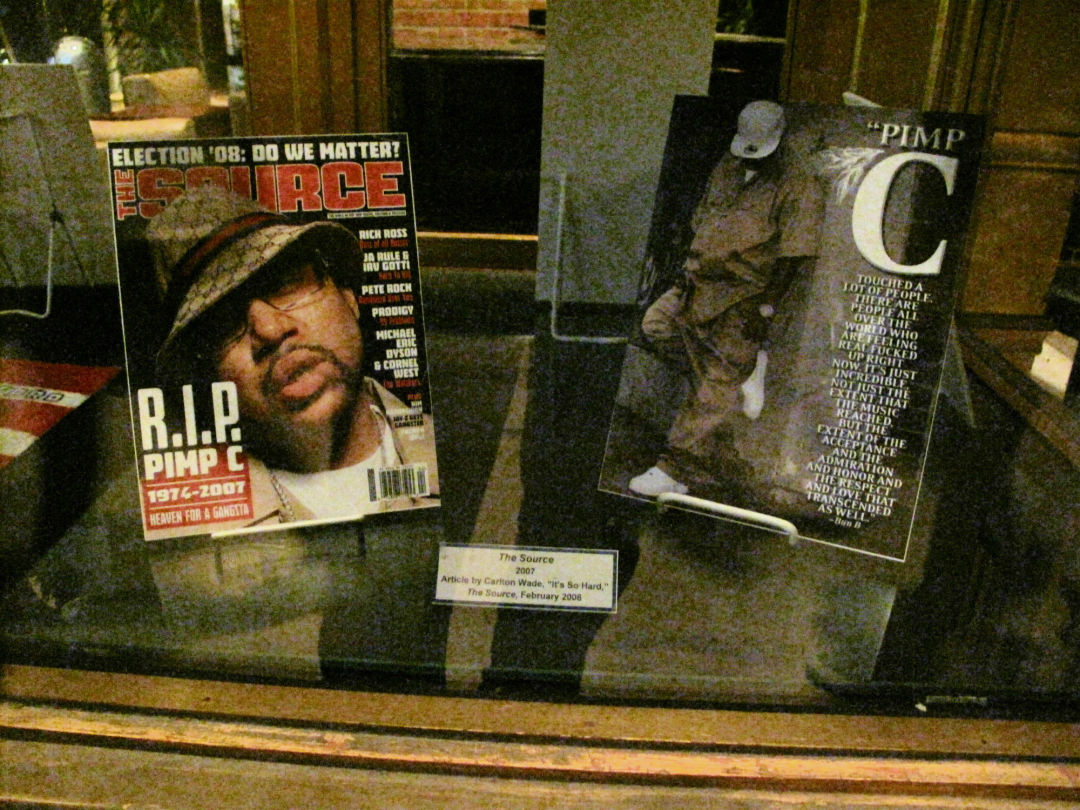
The new archive material includes a copy of Source with Pimp C on the cover.
Image: Camilo Smith
And although Rice may have been pioneering in its efforts to preserve documents and other memorabilia from Swishahouse, the Houston record label responsible for popularizing the chopped and screwed subgenre of rap music, it wasn't easy to get the university on board with hip-hop archives at first, said Pinn. At the induction event last week, Pinn told a crowd of over 200 people there were two main challenges he first had to overcome.
"One," he said, "Rice talks in terms of diversity but it isn’t quite clear what this means. If you’re doing diversity right, it completely alters how you understand knowledge, where you look for knowledge, how you package knowledge and how you share knowledge."
But Pinn pressed forward, explaining to the university's administration that hip-hop was more than just music. "Hip-hop has always been important to me," Pinn said. "When I was growing up it gave me a way to think about, describe, and articulate my world."
It also took time to convince the administration that UGK's work was important in and of itself and worthy of study in the academic world. Pinn had a leg up in that area, however, thanks to the popularity of a class he co-teaches with Bun B, which has garnered positive attention for its discussions about the intersection of religion and hip-hop.
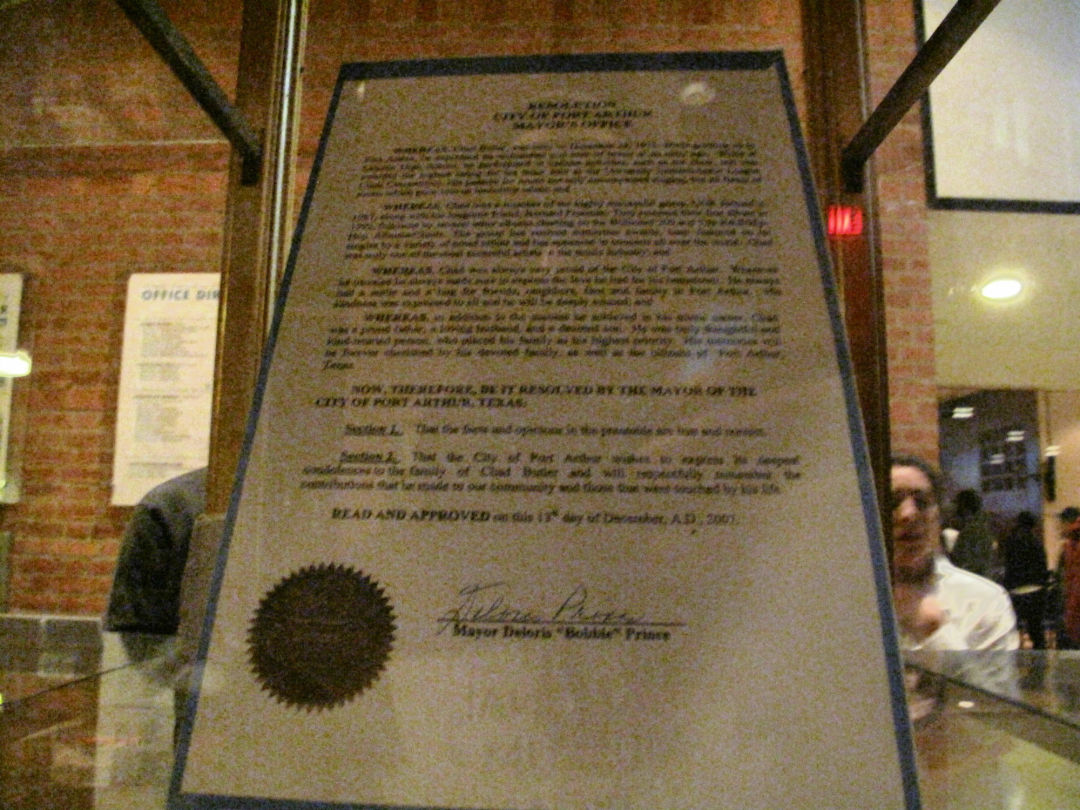
The mayor of Port Arthur, the birthplace of both Bun B and Pimp C, sent a letter of condolence to Pimp C's family upon his death.
Image: Camilo Smith
More than that, Pimp C’s archival materials provide a first-hand account of the rise of Houston’s hip-hop scene during its so-called Golden Age.
“In the South, we invented the real hustle of the music game,” said longtime Houston rapper E.S.G (short for Everyday Street Gangster), who joined Pinn on a January 31 panel at Rice discussing Pimp C’s life and music history. Independent rap was part of the fabric of Houston in those early days, and Pimp C quickly became one of the genre's biggest icons—the guy who asked the world "what y'all know 'bout them Texas boys" in Jay-Z’s "Big Pimpin," the man who reminded the world to practice safe sex on his Grammy-nominated song with Outkast, "International Player’s Anthem."
A pop-up version of the University of Houston’s hip hop collection will be on display as part of a Black History Month event on February 16 along with a lecture by Georgetown University law professor Paul Butler, author of Let's Get Free: A Hip-Hop Theory of Justice. For more on Rice University's collection, visit the Woodson Research Center Special Collections and University Archives in Rice’s Fondren Library.


